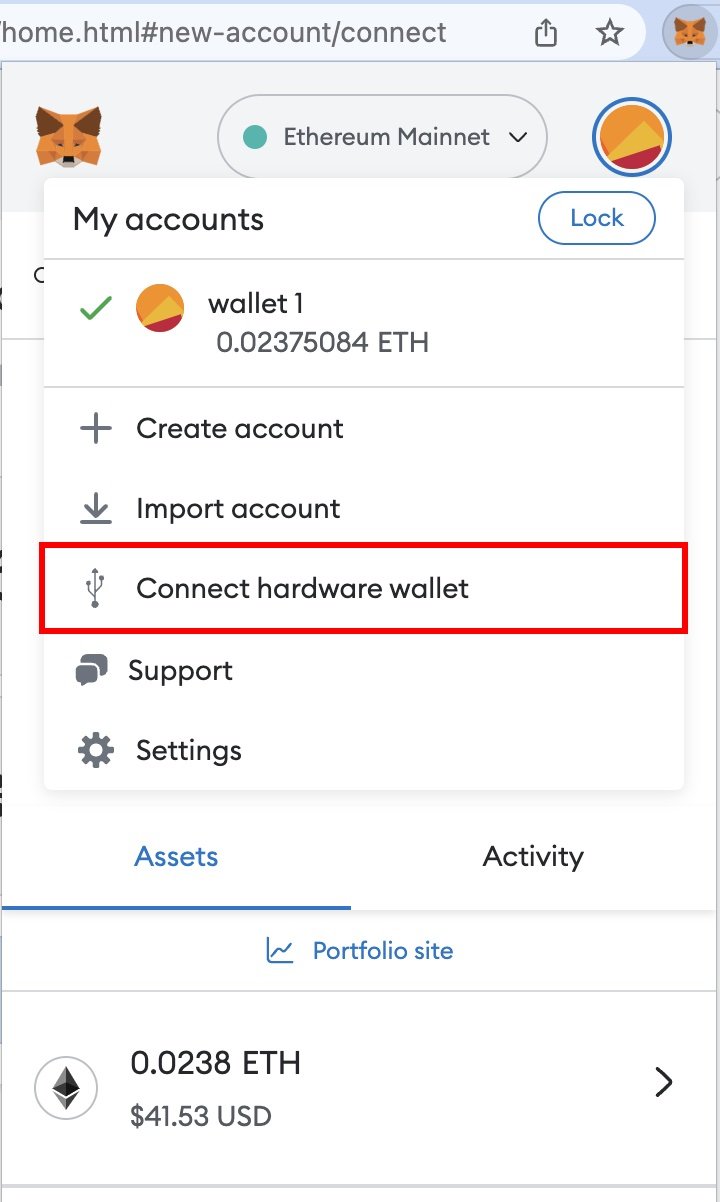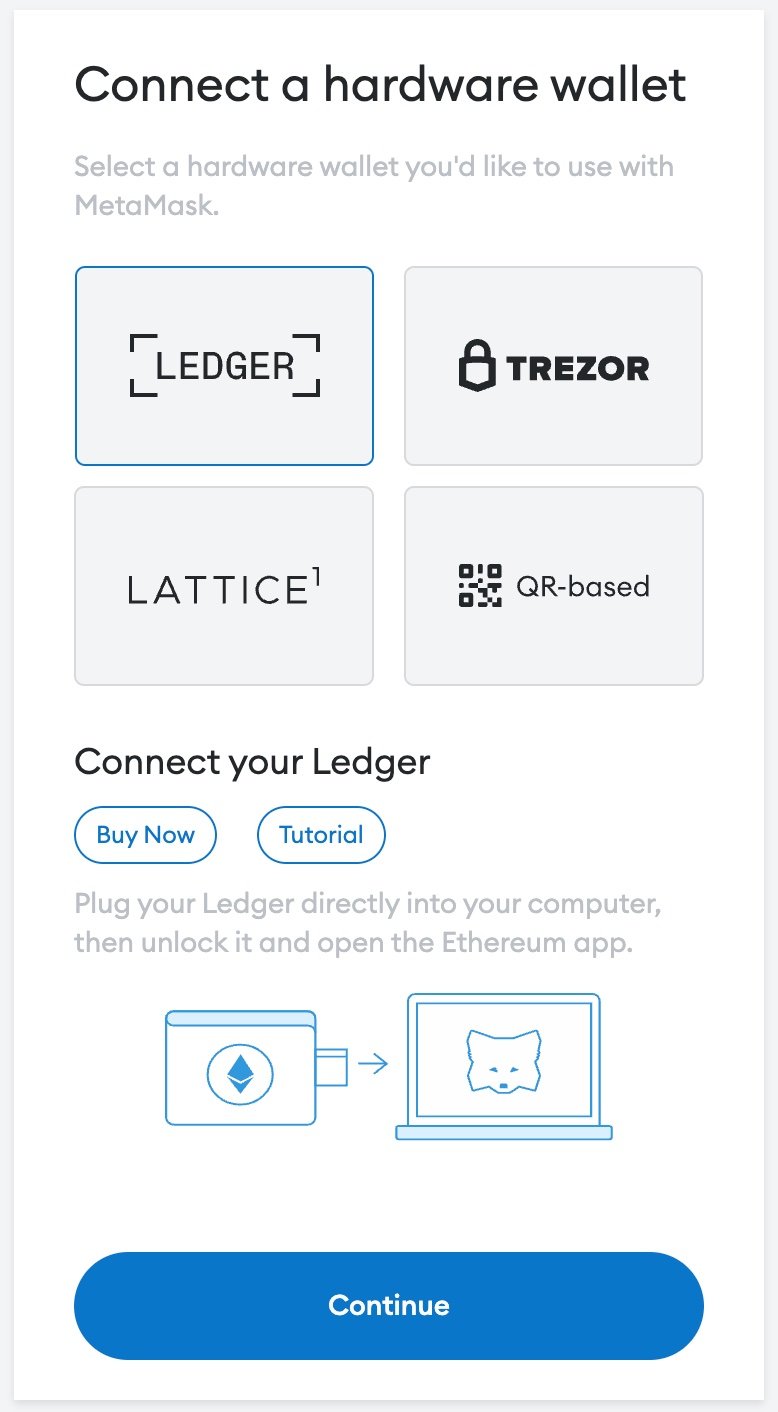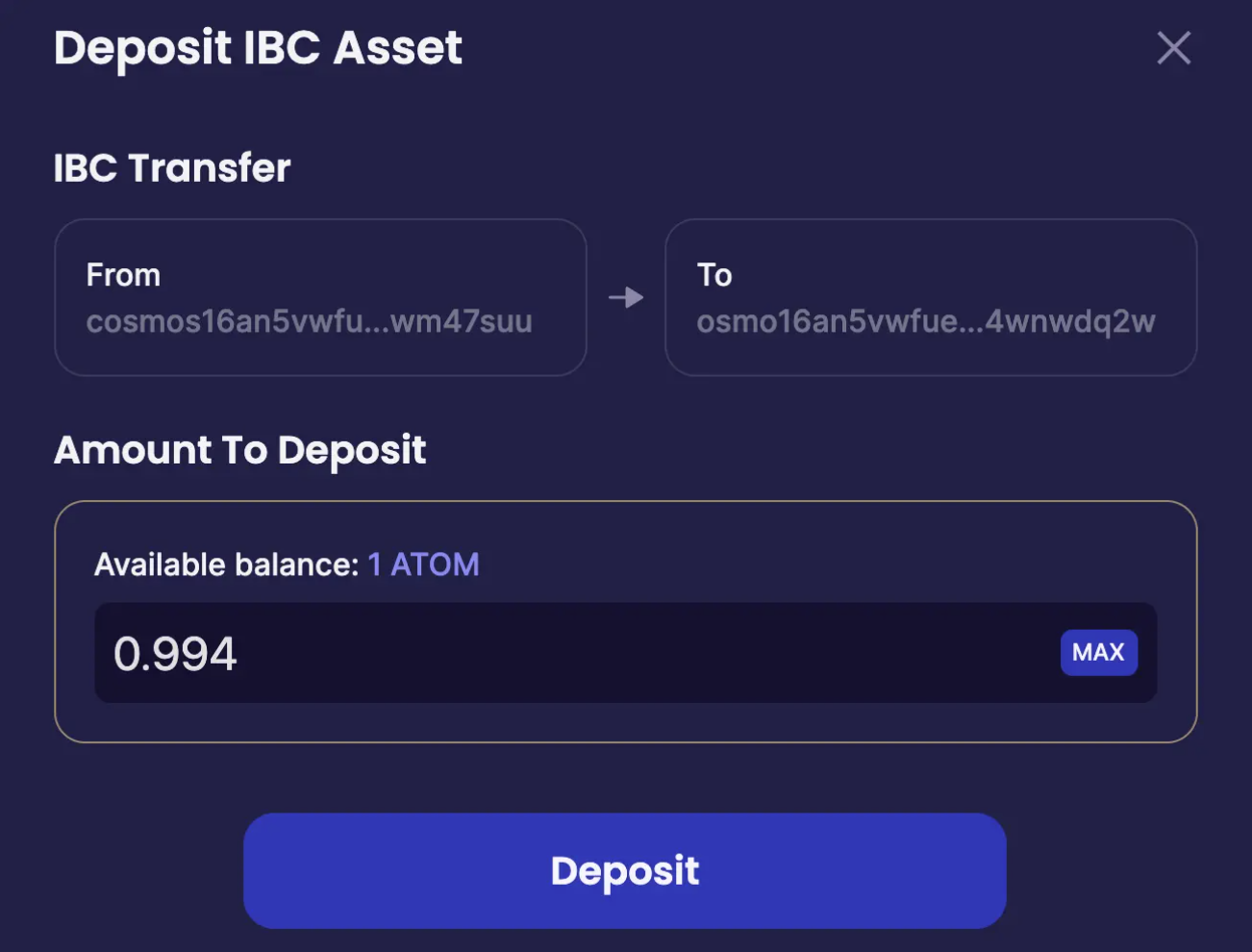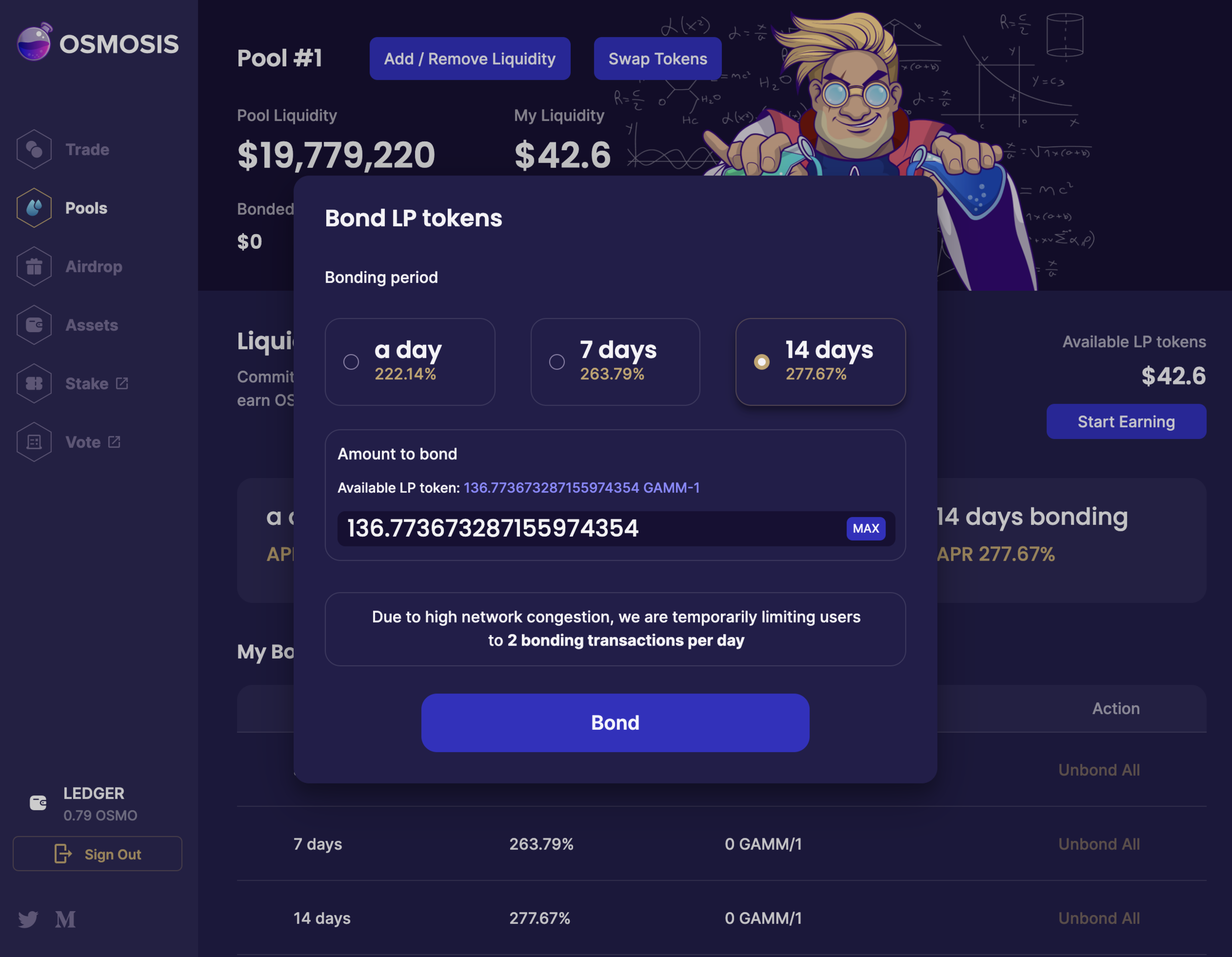Step 1: Transfer Money from Bank to Coinbase
Sign Up or Log In to Coinbase:
If you don’t have a Coinbase account, create one by signing up with your email and verifying your identity.
If you already have an account, log in.
Link Your Bank Account:
Go to Settings > Payment Methods.
Select Add a payment method.
Choose Bank Account and follow the prompts to securely link your account. You may need to log in to your bank via Coinbase or manually verify small deposits.
Deposit Money into Coinbase:
Navigate to Assets or Portfolio.
Select Deposit Funds.
Choose the linked bank account as the funding source.
Enter the amount you wish to deposit and confirm the transaction.
Bank transfers may take 1–3 business days to process.
Step 2: Trade for XRP on Coinbase
Verify XRP Availability:
Ensure that XRP is available for trading on Coinbase in your region. XRP trading may be restricted in some jurisdictions.
Buy XRP:
Navigate to Trade on Coinbase.
Search for XRP in the list of tradable assets.
Select the XRP/USD (or your local currency) trading pair.
Choose Buy and specify the amount of XRP to purchase. Alternatively, enter the amount of fiat currency you wish to convert to XRP.
Review the transaction details, including fees, and confirm the purchase.
Check Your XRP Balance:
After the purchase is complete, go to Assets or Portfolio and ensure the XRP balance reflects the purchase.
Step 3: Send XRP to Your SOLO DEX Wallet
Set Up a SOLO DEX Wallet:
Download the Sologenic DEX app.
Create a wallet and securely back up the recovery phrase. Do not share this phrase with anyone.
Locate your XRP deposit address within the SOLO DEX app.
Send XRP from Coinbase:
In Coinbase, go to Assets or Portfolio, and select XRP.
Click Send or Withdraw.
Enter the SOLO DEX wallet address and destination tag (if required).
A destination tag is necessary to correctly route your XRP to your SOLO wallet. Confirm the destination tag in your SOLO DEX wallet.
Specify the amount of XRP to send.
Double-check the address and destination tag (if applicable) to ensure they are correct.
Confirm the Transfer:
Review the transaction details, including network fees.
Confirm and complete the transfer.
The transaction may take a few minutes to process on the XRP Ledger.
Verify the Deposit on SOLO DEX:
Open the SOLO DEX app and check your wallet balance to confirm receipt of the XRP.
Tips for a Smooth Transaction:
Double-check Addresses: Cryptocurrency transactions are irreversible. Ensure the wallet address and destination tag (if applicable) are accurate before confirming any transfer.
Keep Track of Fees: Be aware of fees at each stage, including Coinbase’s trading fees, withdrawal fees, and XRP network fees.
Enable Two-Factor Authentication (2FA): For added security, enable 2FA on both Coinbase and the SOLO DEX app.
Monitor Transaction Speed: While XRP transfers are typically fast, network congestion can occasionally cause delays.
By following these steps, you can successfully transfer money from a bank account to Coinbase, trade for XRP, and send it to your SOLO DEX wallet. If you encounter any issues, refer to Coinbase’s support or the Sologenic DEX help center for assistance.




















